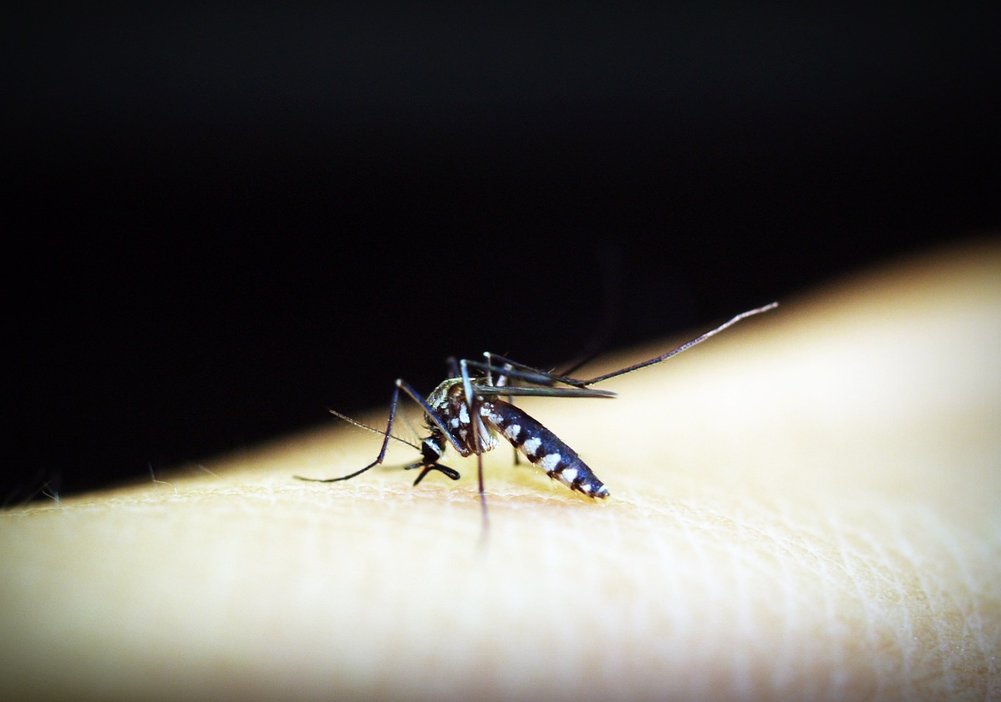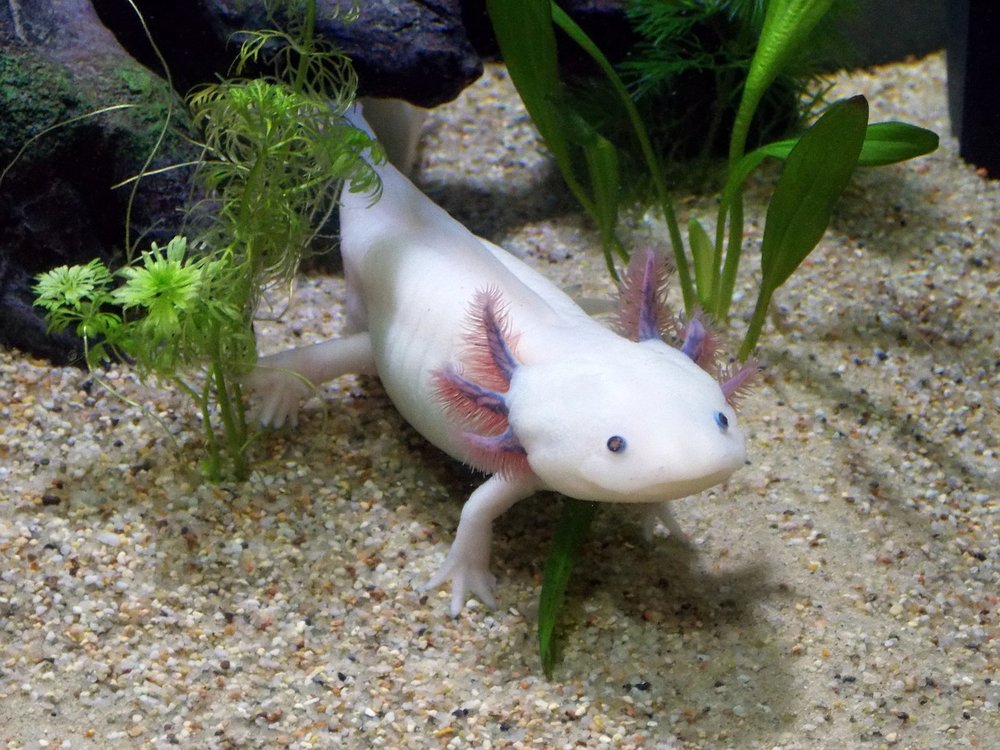Scientists are unraveling evolutionary mysteries behind the world of spider vision. New findings could provide new gene therapies for people with visual defects like macular degeneration and retinal cancer.
Researchers from the University of Cincinnati took advantage of the progress in DNA sequencing to reveal spider history that just might have opened opportunities for future research. Lead researcher Nathan Morehouse, the UC assistant professor of biology, looked back 500 million years to put the evolution of spider eye genes into perspective.
“What we found is that we go from soft-bodied ancient aquatic arthropods with no eyes or at least eyes that don’t fossilize well, to suddenly eyes that look like the eyes that we see on insects and land animals today, with basically nothing in between these stages,” said Morehouse for UC Magazine.
By “suddenly” Morehouse referred to a “short” evolutionary period of 50 million years. Primitive spiders and insects are separate groups but they do have some same developmental patterns for building their eyes.
“We can use new genetic evidence from insects as a starting point for identifying important genes that are controlling eye development in spiders,” said Morehouse. “This will excite spider biologists and people generally interested in vision into thinking about novel ways of building a better vision. We’re not quite there in terms of engineering solutions for building organic eyes yet, but hopefully, that’s in our future.”
This research, presented at the 2018 SICB Conference in San Francisco, is part of a larger project recently published in the journal The Biological Bulletin. The study describes how spiders evolved from an ancestor with a compound eye with lots of facets, the hexagonal light-sensitive units, to multiple eyes with just a few facets. One of the ways they did that is to take a bunch of facets and fuse a lens on top. Another way is to take a single facet, make it bigger and then add additional light-sensitive cells under lens during embryonic development.
“We think that during the Cambrian Period, ancient arthropods had two big compound eyes somewhat similar to modern fruit flies,” said Buschbeck. “But at some evolutionary point and time in spiders, the compound eye likely split into one pair of medial or central eyes in the front and a pair of lateral compound eyes found on the sides of the head. But according to the evidence we uncovered, they may have retained the ancient network of genes to build them.”
Insects and spiders have evolved at the same time during the Cambrian Period. The research group found they used the same basic toolkit to build their eyes but the details of the genes are slightly different, as a rough copy.
The group discovered the miniature eight-eyed critters can’t produce more photoreceptor cells in their retina once the lens covers it. Their eyes are built like little embryos complete with all the retinal cells they will ever need and then covered with a lens on top. Morehouse said spiders solved the problem of having a large number of retinal cells tightly packed into an embryo. The densely packed cells have more little pixels than their lens can actually resolve, resulting in sampling the same point in space many times instead of just once. Unusual optical tricks are needed to process their blurry vision.
“One of the fascinating insights here is that because we understand the genetic basis for how they build these eyes we can understand why they do things like put all these retinal cells into this tiny animal,” says Morehouse. “What appears as a dumb idea from a strictly visual standpoint turns out to be part of the blueprint from that 500-million-year-old arthropod.”
Although juveniles have a size disadvantage as well as cell overcrowding, they are doing many of the sophisticated things adult spiders can do. They can recognize the contrast between different kinds of prey like a mosquito versus a fly. Therefore, researchers see great opportunities in mimicking tiny visual systems for producing sensors.
“If we have to build a lens to be tiny, smaller than any sensor right now and small enough to be easily swallowed as a pill for endoscopic work, it’s possible these spiders can lead to biotechnologies we have never imagined. These spiders have done some really clever things to their lenses, the shape of their retinas and the size of their retinal cells that help them to surmount incredible challenges,” says Morehouse.
Another important discovery is a pattern of retinal cell death in young spiders. Same as in humans, retinal cells are much more likely to die in the center of the retina than in the periphery. Researchers saw these kinds of changes happening in jumping spiders when being fed poor diets. They hope to discover background mechanisms which would help them better understand macular degeneration. Some bright examples, like the Mars rover using optics inspired by the jumping spider vision, could come out of these studies.
Watch the video below to find out how the jumping spider can achieve better acuity from a small visual system by moving the sensor just behind its lens:
By Andreja Gregoric, MSc











